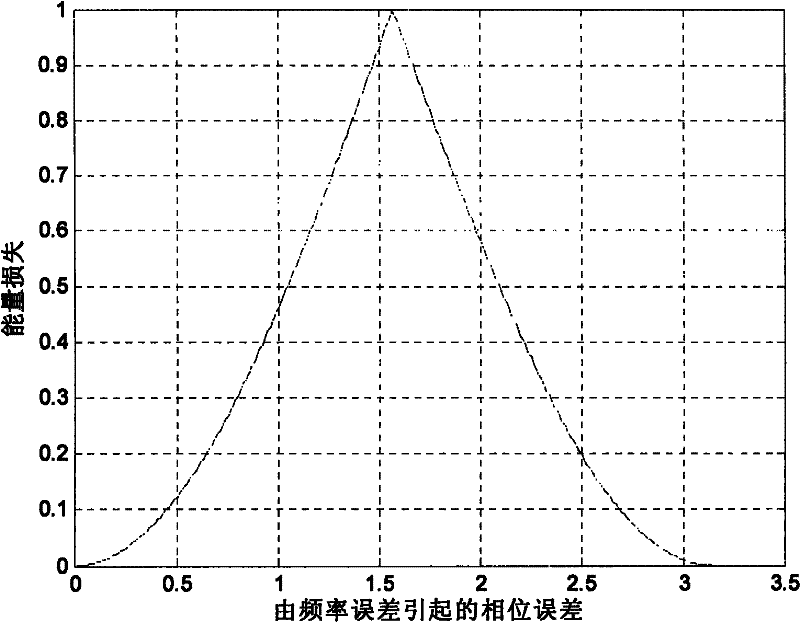Double differential coherent detection method for capturing weak satellite signal
A satellite signal acquisition and coherent detection technology, applied in the field of navigation satellite signal acquisition, can solve the problems of increased calculation, no solution, and signal real-time processing obstacles, so as to improve the signal-to-noise ratio, reduce the probability of false capture, and improve The effect of accuracy
- Summary
- Abstract
- Description
- Claims
- Application Information
AI Technical Summary
Problems solved by technology
Method used
Image
Examples
Embodiment Construction
[0027] The specific embodiment of the present invention is described in detail below in conjunction with accompanying drawing, and described description is example with capturing GPS weak signal, and weak GPS signal capture block diagram is as follows figure 1 shown.
[0028] The GPS intermediate frequency analog signal can be expressed as follows:
[0029] S IF ( t ) = Σ i = 1 N 2 P i D i ( t - τ i D ) C i ( t - τ i ) expj ( ...
PUM
 Login to View More
Login to View More Abstract
Description
Claims
Application Information
 Login to View More
Login to View More - R&D
- Intellectual Property
- Life Sciences
- Materials
- Tech Scout
- Unparalleled Data Quality
- Higher Quality Content
- 60% Fewer Hallucinations
Browse by: Latest US Patents, China's latest patents, Technical Efficacy Thesaurus, Application Domain, Technology Topic, Popular Technical Reports.
© 2025 PatSnap. All rights reserved.Legal|Privacy policy|Modern Slavery Act Transparency Statement|Sitemap|About US| Contact US: help@patsnap.com



